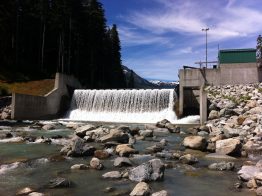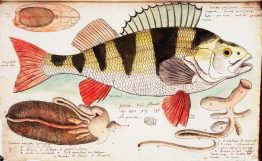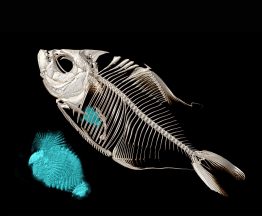Hydropower dams may conjure images of the massive Grand Coulee Dam in Washington state or the Three Gorges Dam in Hubei, China. But not all dams are the stuff of documentaries. Tens of thousands of smaller hydroelectric dams exist around the world, and all indications suggest that the number could substantially increase in the future. These structures are small enough to avoid the numerous regulations large dams face and are built more quickly and in much higher densities.
Read more at UW Today »Civil War-era U.S. Navy ships’ logs to be explored for climate data, maritime history
A new grant will let a University of Washington-based project add a new fleet to its quest to learn more about past climate from the records of long-gone mariners. The UW is among the winners of the 2017 “Digitizing Hidden Special Collections and Archives” awards, announced Jan. 4 by the Washington, D.C.-based Council on Library and Information Resources. The new $482,018 grant to the UW, the U.S.
Read more at UW Today »Q&A: Forgotten fish illustrator remembered through first publication
More than three centuries ago, a French monk made thousands of drawings of plants and animals, traveling under the authority of King Louis XIV to the French Antilles to collect and document the natural history of the islands. These drawings were often the first ever recorded for each species and were completed in remarkable detail. The illustrations were nearly lost forever during the tumultuous French Revolution, and the volumes compiled by Father Charles Plumier were discovered by chance, found serving as stools for the monks to sit on by the fire in the convent where he lived.
Read the Q&A at UW Today »Scale-eating fish adopt clever parasitic methods to survive
A small group of fishes — possibly the world’s cleverest carnivorous grazers — feeds on the scales of other fish in the tropics. The different species’ approach differs: some ram their blunt noses into the sides of other fish to prey upon sloughed-off scales, while others open their jaws to gargantuan widths to pry scales off with their teeth. A team led by biologists at the University of Washington’s Friday Harbor Laboratories is trying to understand these scale-feeding fish and how this odd diet influences their body evolution and behavior.
Read more at UW Today »Mark Richards named as incoming UW Provost and professor of Earth and Space Sciences
The University of Washington has named Mark Richards as incoming provost and executive vice president for academic affairs. An accomplished geophysicist, Mark will hold a faculty appointment as a professor in the Department of Earth and Space Sciences, pending a vote by the UW Board of Regents. College of the Environment Dean and Mary Laird Wood Professor Lisa J. Graumlich says, “Earth scientists are trained to look for the big picture, plan for the long-term, judiciously employ data to support inference, and be nimble when intricate field research plans encounter the real world.
Read more on President Cauce's blog »





